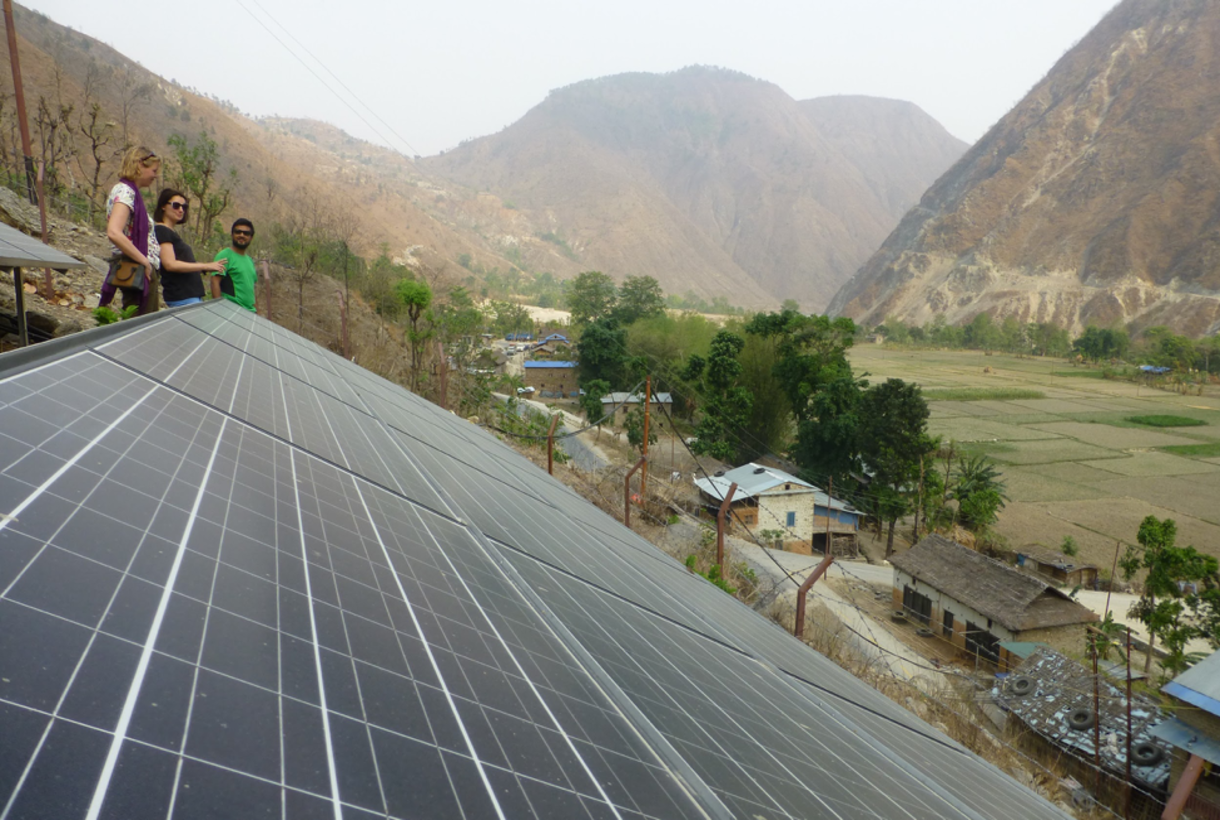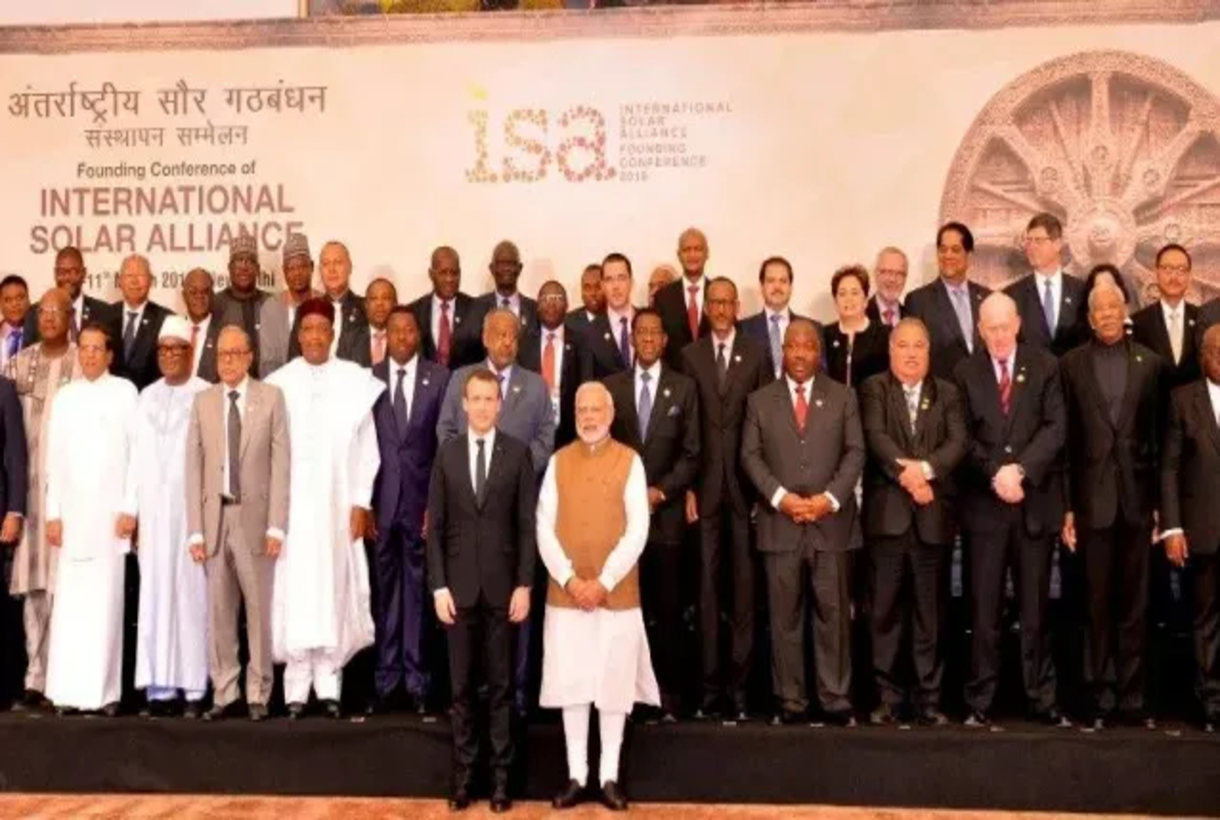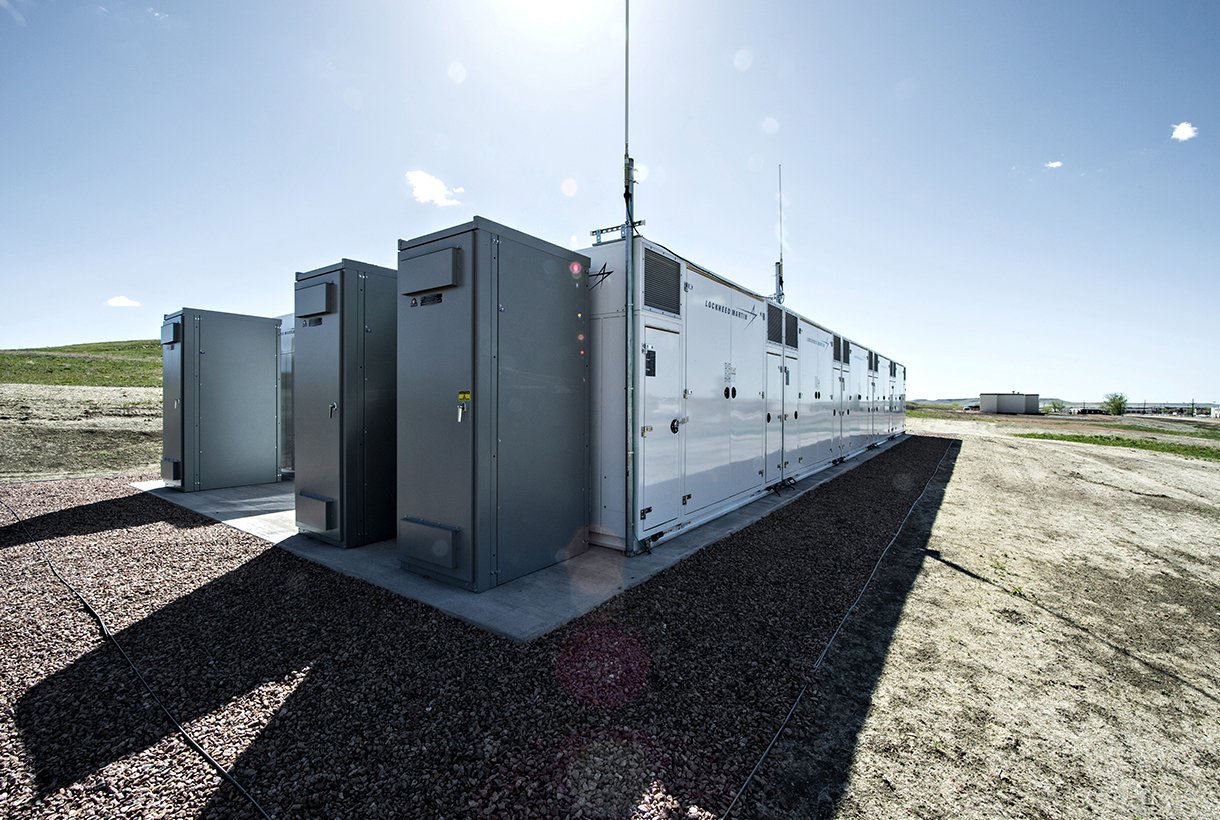In Nepal, access to reliable electricity remains a significant challenge for many rural and remote communities. While urban centers benefit from grid connectivity, an estimated 40% of the rural population still lacks access to dependable power.
As of 2025, Nepal is intensifying its commitment to sustainable development, with solar energy emerging as a strategic solution for electrifying these underserved areas.
Recent Developments in Renewable Energy
In October 2024, Nepal hosted Renewable Energy Week 2024, a transformative event dedicated to promoting sustainable energy solutions and fostering a clean energy future. The event facilitated the sharing of success stories and collaboration on strategies to accelerate the transition to sustainable energy.
Additionally, in September 2024, the Nepal Infrastructure Summit 2024 was held in Kathmandu, gathering policymakers, industry leaders, and innovators to discuss the critical role of clean energy in the nation’s development.
Companies like Huawei Digital Power showcased their green energy solutions, highlighting innovations in solar power and energy storage systems.
Government Initiatives and Key Developments
The Nepalese government has taken concrete steps to accelerate solar adoption. The Alternative Energy Promotion Centre (AEPC) is spearheading efforts to expand off-grid solar power, targeting 1,500 remote villages by 2030.
At the Power Summit 2023, held in Kathmandu, industry leaders and policymakers convened to discuss strategies for rural electrification. Minister of Energy, Water Resources, and Irrigation Shakti Bahadur Basnet emphasized the government’s commitment to achieving universal electrification by leveraging solar power.
Discussions focused on financial models, public-private partnerships, and technical innovations to scale up solar solutions in rural Nepal.
The Role of Off-Grid Solar Solutions
The Nepal Electricity Authority (NEA) reports that 99% of the population now has access to electricity, with 97% connected to the national grid and 2% relying on off-grid solutions, including micro-hydro and solar plants.
By harnessing the abundant solar energy available, Nepal is making strides toward energy independence and economic development in its rural regions.
The demand for off-grid solar solutions is increasing, driven by advancements in technology, decreasing costs, and strong government support. With reliable solar power, rural communities can enhance productivity, improve quality of life, and create new economic opportunities.
Nepal’s solar revolution is more than just an energy solution. It is a catalyst for economic empowerment and sustainable development. By prioritizing rural electrification, Nepal is setting an example for how clean energy can transform lives and communities.
The push for localized solar manufacturing, strategic investments, and strong policy support is essential to sustaining this momentum.
At REnergo, we are committed to staying at the forefront of renewable energy trends, providing insights into Nepal’s solar progress, and supporting initiatives that drive sustainability and development.


